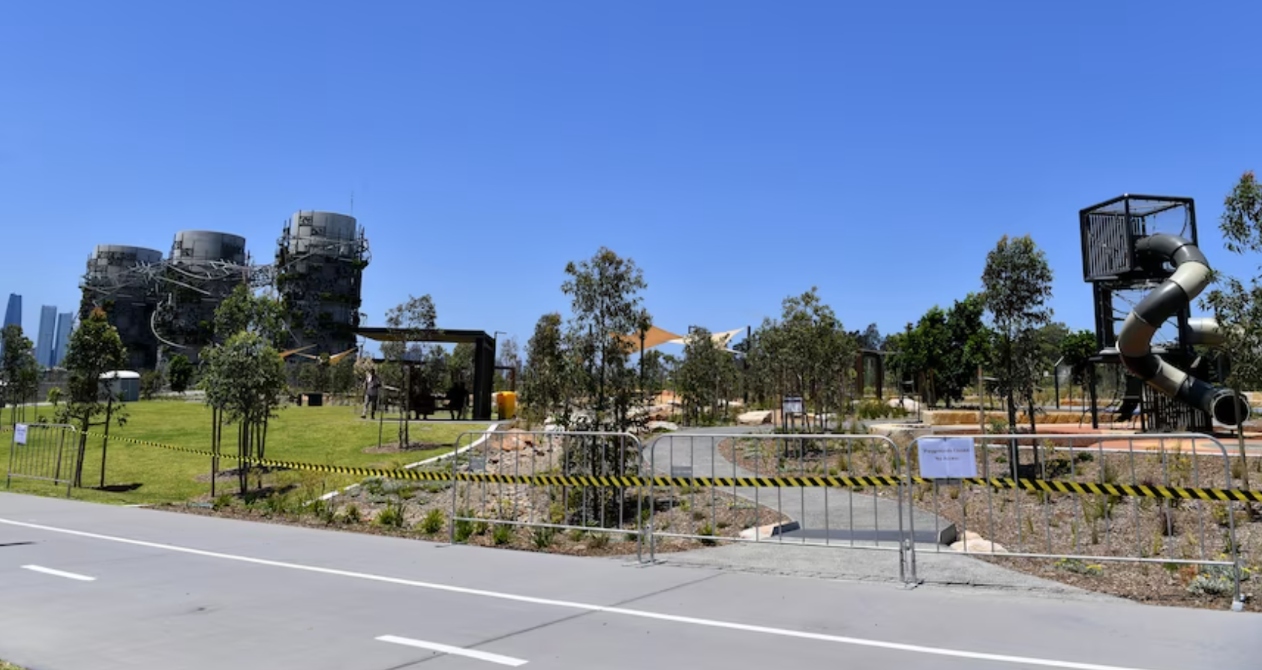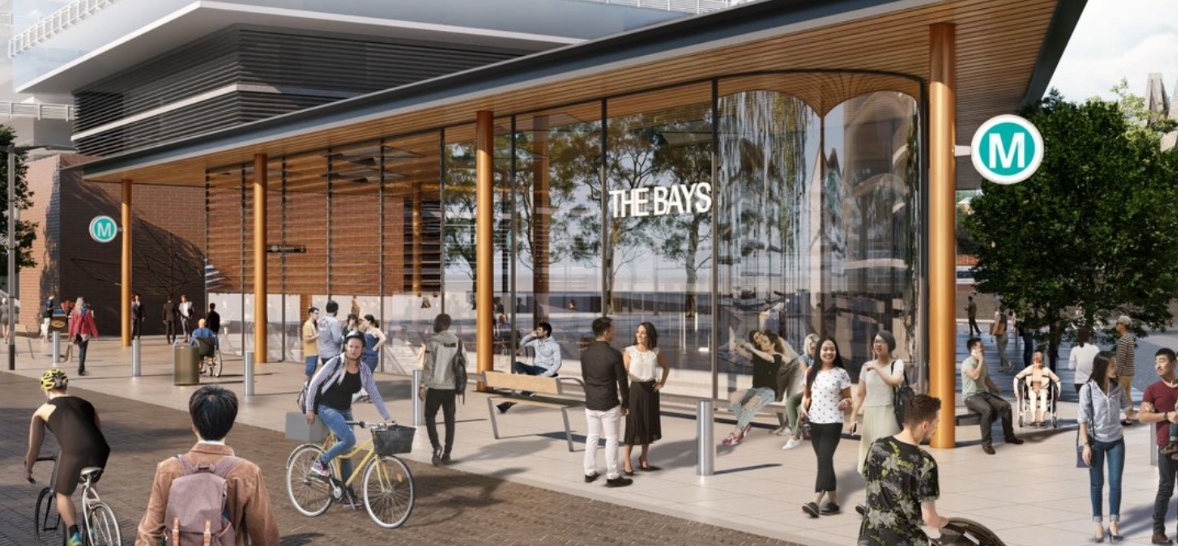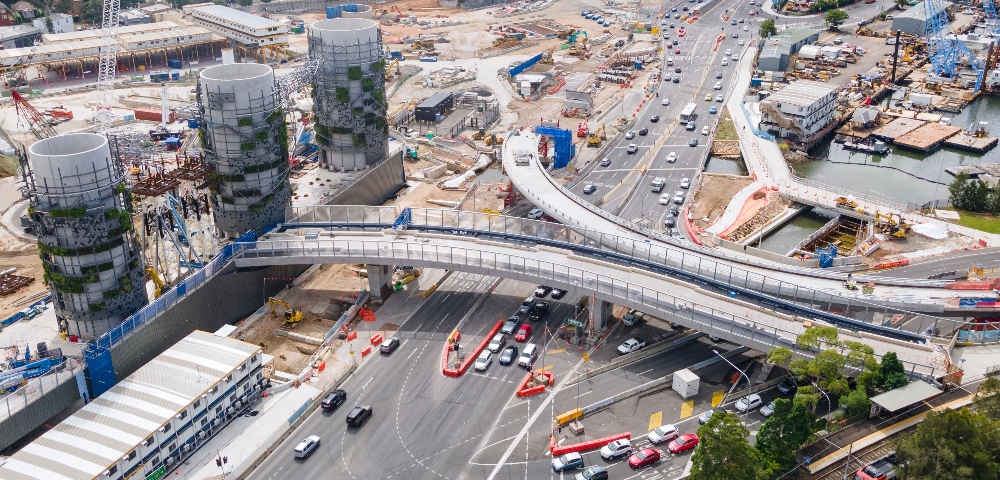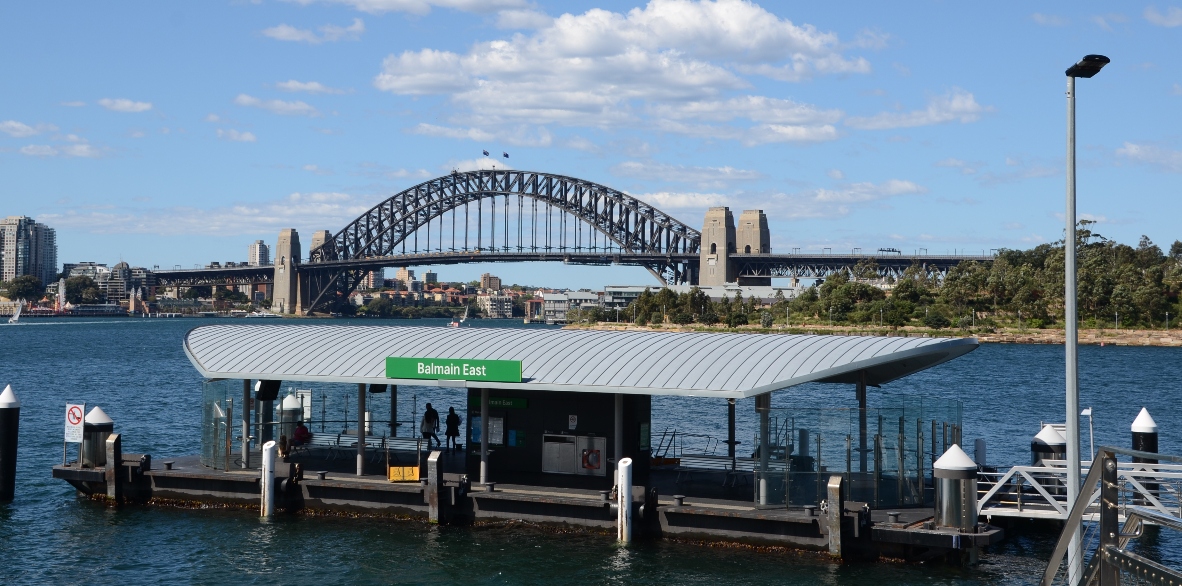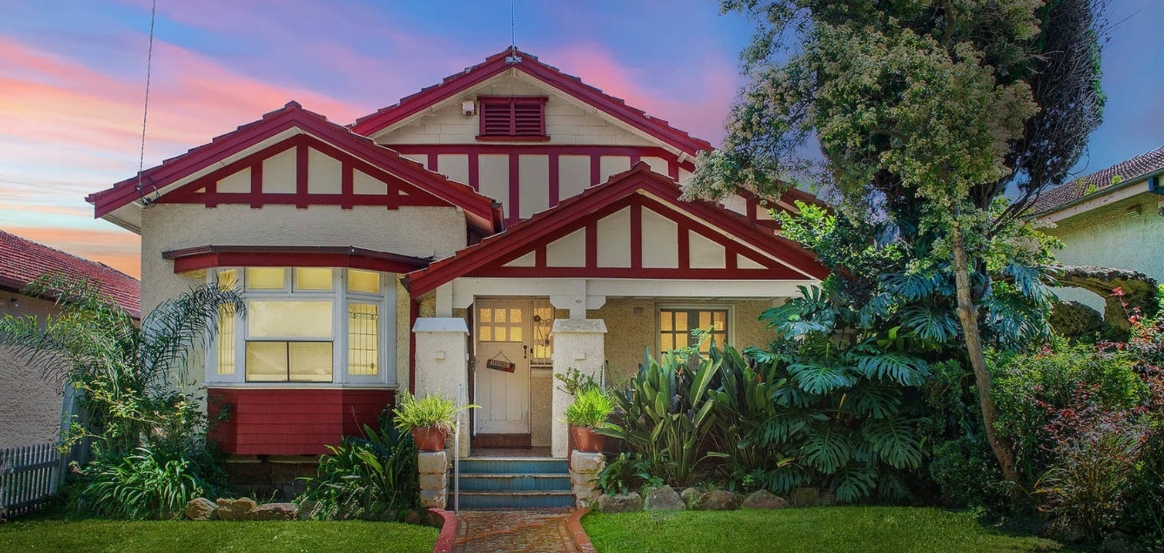
Inner West road deaths: an avoidable tragedy
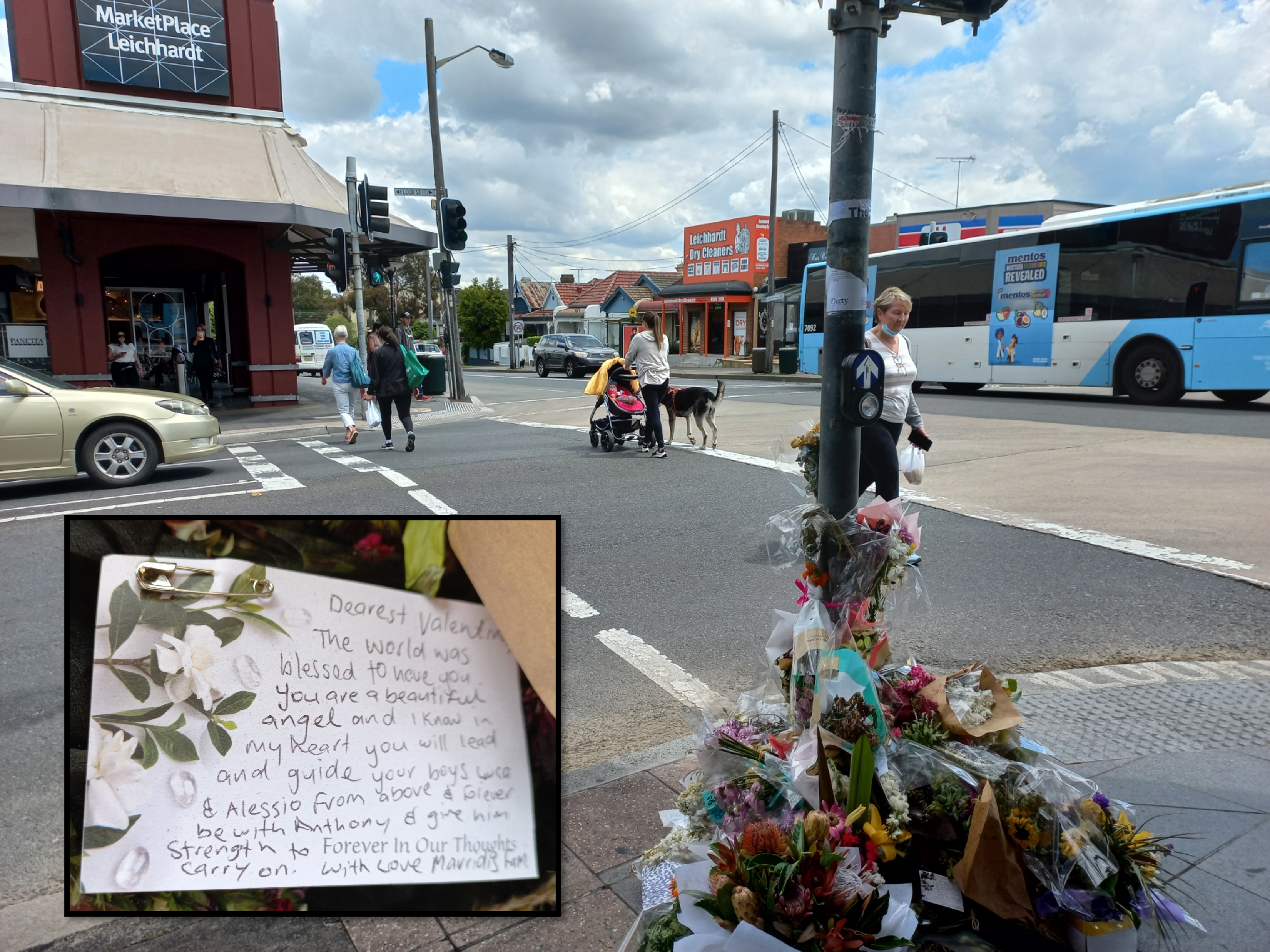
Image: "One of the easiest ways to immediately bring down the high rate of deaths and serious injuries on our roads is to set lower speed limits." Memorial at the corner of Marion and Flood Sts, Leichhardt. Photo: Andrew Chuter.
Opinion by ANDREW CHUTER
A pair of recent pedestrian deaths in Sydney’s inner west are a sad indictment of our cars-first transport planning.
In October in Leichhardt, mother-of-two Valentina Gioia, was hit by a van while crossing the road in front of MarketPlace on Marion St.

In December, a 3-year old boy was hit by a Toyota Kluger in front of a small children’s play area in quiet Glebe St, Glebe.

Both these deaths are being investigated but what we can say with certainty is that one of the easiest ways to immediately bring down the high rate of deaths and serious injuries on our roads is to set lower speed limits.
Road crash statistics show that the risk of death to a pedestrian struck by a car travelling at 50 km/h is 80%. This risk reduces to 32% at 40 km/h and 10% at 30 km/h.

A growing awareness of the safety benefits of lower speeds is seeing major cities including Paris and London introduce 30 km/h speed limits. The NSW government is pushing for 40 km/h limits in high pedestrian zones and trials of 30 km/h zones are currently running in Manly and Liverpool.
These moves are in line with a 2020 UN General Assembly resolution to make 30 km/h speed limits the norm for cities worldwide in places where people mix with traffic.
Sadly however, then Federal Transport Minister Michael McCormack pushed back, calling it “nanny state stuff”. The resolution also seeks to integrate road safety with UN Sustainable Development Goals, including climate action, speeding up the “shift toward cleaner, safer and more affordable modes of transport, incorporating higher levels of physical activity such as walking, cycling and using public transport”.
The specific case of Valentina Gioia in Leichhardt is made even sadder when it turns out that exactly 4 years prior to the day of her death, the Inner West Council passed a motion from Councillor Marghanita Da Cruz to reduce the speed limit on Marion St and introduce associated pedestrian safety measures. The reduced speed limit was later refused by Transport for NSW.
Today, visitors to Leichhardt will notice that while there are raised ‘wombat’ pedestrian crossings on Norton St and a 40 km/h limit, there is a 50 km/h limit on Marion St directly in front of MarketPlace where Gioia lost her life.





